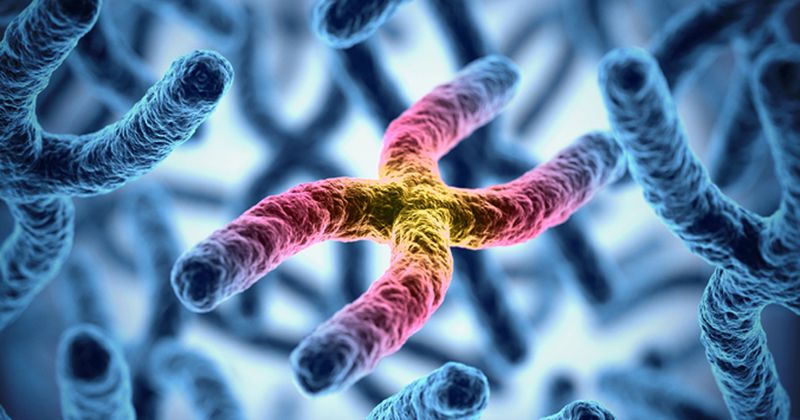Genetic variants predict vasomotor symptom frequency in menopause
Some genetic factors associated with reproductive aging are also predictive of the frequency of vasomotor symptoms, according to a study published in Menopause.
Using data from the Study of Women’s Health Across the Nation (SWAN) genomic substudy, researchers observed an association between nine of 14 single nucleotide polymorphisms in TACR3 that were identified in genome-wide association studies and reduced odds of frequent vasomotor symptoms for white women.

“Vasomotor symptoms, including hot flashes and night sweats, are influenced by genetic factors, and these genetic influences may differ across racial/ethnic groups,” Sioban D. Harlow, PhD, a professor in the department of epidemiology in the School of Public Health at the University of Michigan, told Healio. “Specifically, this study replicated findings of the association between the TACR3 gene and vasomotor symptoms reported in the Women's Health Initiative, although only in white women. Genetic factors associated with age at menopause and age at menarche were also associated with vasomotor symptoms in some, but not all, race/ethnic groups, suggesting that vasomotor symptoms have a polygenic architecture.”

Harlow and colleagues analyzed data from 1,263 participants in the SWAN genomic substudy. At each study visit, women self-reported vasomotor symptom frequency over the previous 2 weeks, as well as date of their most recent menses. Age at the final menstrual period was defined retrospectively after 12 months of amenorrhea. Participants were placed into one of four trajectory groups: an early-onset trajectory where vasomotor symptoms begin 10 years before the final menstrual period and decline soon after the final menstrual period; an onset of vasomotor symptoms at final menstrual period trajectory; a continuous high frequency of vasomotor symptoms trajectory; and a persistently low frequency of vasomotor symptoms trajectory. Researchers constructed polygenic risk scores for age at menarche and menopause using effect estimates from genome-wide association studies.
The substudy included 702 white women, 306 Black women, 126 Chinese women and 129 Japanese women. Nine of 14 single nucleotide polymorphisms in TACR3 identified in genome-wide association studies were associated with less frequent vasomotor symptoms among white women, whereas no associations were found for Black women. All 14 single nucleotide polymorphisms were monomorphic or very rare among Chinese and Japanese women.
Vasomotor symptom polygenic risk score was not associated with symptom frequency for any ethnic group. Black women with a genetic predisposition for a later age at menarche were less likely to have frequent vasomotor symptoms (OR = 0.55; 95% CI, 0.38-0.78; P = .001), and Chinese women with a genetic predisposition for later age at menopause were more likely to have frequent vasomotor symptoms (OR = 2.29; 95% CI, 1.39-3.78; P = .001).
Black women with a higher polygenic risk score for age at menarche were less likely to be in the high-frequency vasomotor symptom trajectory compared with the low-frequency trajectory (OR = 0.55; 95% CI, 0.34-0.91; P = .02), and white women with a higher polygenic risk score for age at menarche were less likely to have vasomotor symptoms beginning at final menstrual period onset compared with the low-frequency trajectory (OR = 0.75; 95% CI, 0.58-0.98; P = .03).
“Further research into the specific biological mechanisms underlying the TACR3 association with vasomotor symptoms, as well as further investigation of the other genetic variants associated with vasomotor symptoms is warranted,” Harlow said. “Validation of the causal effects of specific single nucleotide polymorphisms in vitro could also provide support for new targets for vasomotor symptom alleviation, such as the use of neurokinin B pathway agents. Replication in larger samples in diverse populations is also needed.”
For more information:
Sioban D. Harlow, PhD, can be reached at harlow@umich.edu.

